Get analysis, insight & opinions from the world's top marketers.
Sign up to our newsletter.
Why a telecommunications provider created a resource for those who identify beyond binary gender labels in a bid to improve people's relationship with their data.
This article was originally published in Contagious I/O on 21 April 2022
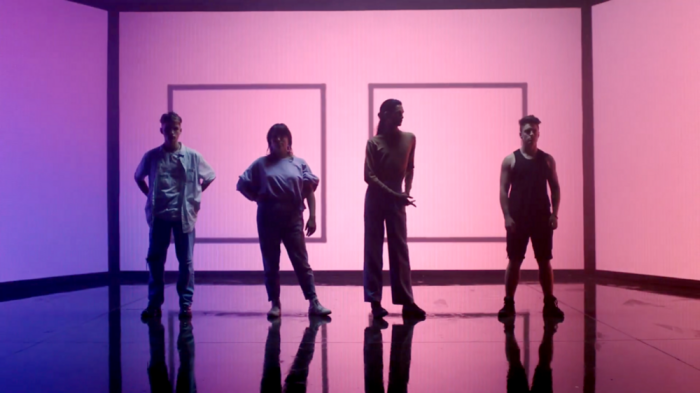
In March we covered Beyond Binary Code, an initiative launched by New Zealand’s largest telecommunications and digital services provider Spark in collaboration with Colenso BBDO, Auckland, mental health organisation OutLine Aotearoa, and people from non-binary communities.
The brand developed a piece of HTML code that can be added to company websites, making data forms and fields gender-inclusive as well as ensuring that they only ask for what is needed. Along with this, the campaign included tools to help businesses understand how to best be inclusive and sensitive to those identifying beyond the binary gender labels.
To find out how a telecommunications provider was able to authentically develop a resource that resonated with the LGBTQI+ community in New Zealand, we caught up with Colenso BBDO’s Simon Vicars, chief creative officer, and Haylie Craig, senior art director, who told us:
Spark differentiates itself from other digital services providers in the country through its commitment to bettering New Zealanders’ relationships with their data
Churn is a big problem in telecoms, so Spark is focusing on building brand value and brand love to retain customers
It’s crucial to include the people you seek to empower in the creation of inclusive campaigns. Here, this co-creation mindset helped set the tone and avoid commercialising the problem
Tell us about Spark’s position in the New Zealand telco market.
Vicars: Spark is New Zealand’s biggest telco and digital services provider, and they target both consumers and businesses. The brand is comparable to brands like O2 and Orange, and on top of that, it’s the oldest established telco in New Zealand. They’re a beast of an entity in New Zealand in terms of industry and companies, so it’s safe to say that they are a big brand.
Craig: Another thing is, in the context of this project, Spark didn’t just suddenly decide: ‘Oh, let’s do something for the trans non-binary community this year.’ The brand has been doing this stuff for the past five years and partnered with Outline, a mental health organisation for that community. So due to Spark’s history of supporting the non-binary community, the campaign doesn’t come across as pinkwashing or anything of the sort.
Who is the brand’s target audience, and has this changed over the past few years?
Vicars: As a huge national provider of telecom and digital services, Spark’s target audience is effectively the whole country. The brand is positioning itself, however, as a brand that is leading the country into a digital future. So while Spark talks to the country, it is also here to progress the country, something which can be seen as a driving force behind the company.
Who would you say the brand’s biggest competitors are? How does Spark differentiate itself?
Vicars: It’s interesting – if you look at the competitive landscape within telco, we have big brands like Vodafone, as well as a couple of other players like 2degrees. Our competitors are very much in the telco space, whereas Spark has pushed itself into the digital services space. The brand’s investment in tech infrastructure, such as 5G and the like, has positioned Spark much more outside of the telco category and much more into the digital services space.
What’s the biggest challenge facing Spark right now?
Vicars: The challenge that sits at the heart of the business is to help every New Zealander win big in the digital world. There is a digital inequity that exists within New Zealand, and because of Spark’s scale and prominence in the country, the brand has a real responsibility to close that inequity by progressing not just the country, but everyone in it. Spark has taken it upon itself to remedy and shape the business and the actions that it takes around that ambition.
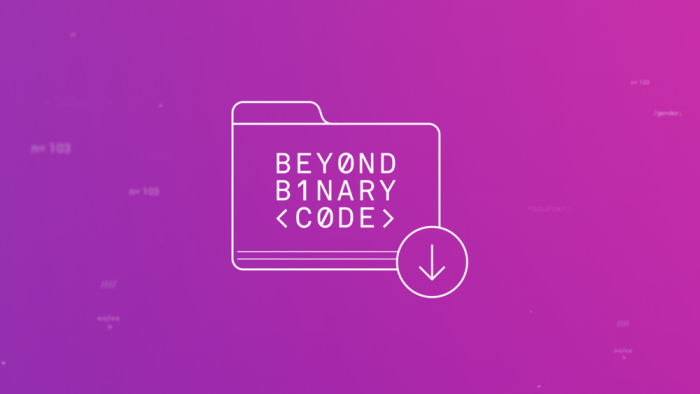
Did you receive a brief for this campaign?
Craig: Originally, there was no official brief. We know that each year, Spark wants to do something for the LGBTQI+ community. Lately, however, there has been a lot of call-out culture, meaning that people are expecting you to produce more than just simply a nice film. We needed to do more. One of Spark’s goals is to help New Zealanders have a better relationship with their data, and this is a big part of that.
Vicars: The process we have here at Colenso is that there’s no ring-fencing around accounts and creatives, so anyone can work on anything. The way that we make sure no one wastes their time is by having the core ambition of the brands we work with up on a wall so that everyone knows why they exist. Spark exists to help all of New Zealand win big in the digital world, and so teams can create their own briefs and think, who has been left behind in this digital world? And how can Spark help them? That’s where this idea came from – really understanding why Spark exists as an organisation and then coming up with ideas that help that cause.
Did you set out any effectiveness metrics beforehand?
Vicars: There are two metrics in my mind. The first metric is that the community we created this tool for embraces it and feels like it’s theirs, as well as that it progresses the inequality that they face daily. That’s massive for Spark and for us – that it feels useful to them and that it helps them. The second metric is getting big businesses and industries to adopt Beyond Binary Code. That’s a slow process. We’ve had fantastic pickup, but also really interesting conversations with industries where we’ve realised that the bedrock of their data organisation is on two gender data points: male and female. When you talk to a health insurer, you realise how much that kind of organisation is set up to analyse risk in terms of male and female. It has been a really eye-opening experience talking to industries and realising how embedded the gender binary system is, and again, how important it is to change it.
Craig: To get those metrics, we held a lot of research groups with the non-binary and trans community and also businesses. What we realised is that there are heaps of businesses that want to implement this, but they don’t know how. So someone had to take the plunge and Spark was happy to.
There is a digital inequity that exists within New Zealand, and because of Spark’s scale and prominence in the country, the brand has a real responsibility to close that inequity by progressing not just the country, but everyone in itSimon Vicars, Colenso BBDO
Vicars: I remember I was looking through a massive pile of papers on my desk of proactive ideas, and I saw Beyond Binary Code and thought, this is incredible. I talked to Haylie and said, ‘We’ve got to make this new patentability, we've got to make this, let's go!’ I wanted to make it straight away. It took close to two years, 18 months in total. I was so frustrated at how slow it was, but I’m so glad that we didn’t make it fast because it would have ended up being inauthentic and ineffective. It would have been a piece of advertising, trinkets that are out in the world. By making it slowly, we made it with the community. We did a heap of research to understand why these systems exist, and therefore we could design the answer that could actually work. So yeah, research was an important part, and it slowed the process down, but man, it made the end result much better.
Can you speak a bit more about how the idea came about? What were the main insights?
Craig: It was mainly society – looking around us and realising that things can’t really stay this way any more. Hopefully, in the future, we won’t need to make projects like this because these kinds of issues will be obsolete. You look around the world and see how this is a problem – friends and family can’t order a cheeseburger without being asked for their gender. Like, why do you need that information? You’re getting rejected all the time, every time you interact with something, and you have to give more information than anyone else does. If you identify as male or female, you don't have to confess all these things every time you interact with something or introduce yourself. It’s quite exhausting. Ideas are funny – for us, it’s just looking at society and seeing what needs to be changed.
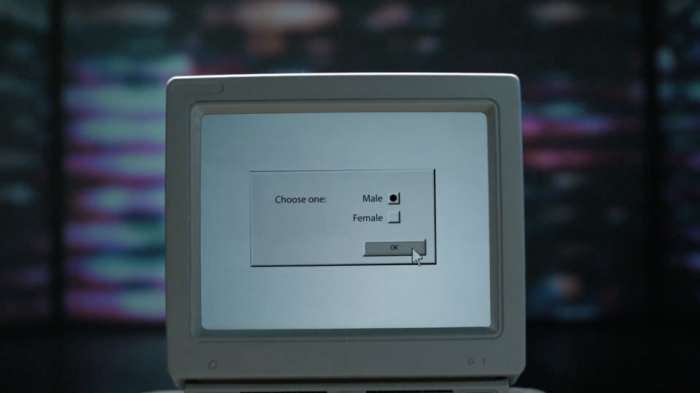
You did all this research over 18 months. What were the insights that made this campaign something that people actually responded to and used?
Vicars: The co-creation of this piece of technology was not something that we thought we would do when we came up with it. Essentially, we didn’t realise how little we knew until we started. Suddenly you start to sympathise with big businesses not taking action – they really don’t know where to start. So when the idea was originally formulated it was a piece of code, and the digital tech team were integral in designing that bit of code that could universally be used across all kinds of script writing formats. But when we got into it and started doing more of the research, it was clear that we needed more than just the code. It had to be an educational tool, because there was so much trepidation. For businesses to step into this realm, we had to create this one stop shop to educate, as well as to take action. The other thing that came out of the research was the need to incorporate this whole community. Originally the idea was called Non Binary Code, which we were pretty pleased with ourselves about. And then the more we understood the community, we saw that it was irrelevant to so many people within that community. So we renamed it Beyond Binary Code, but we would never have understood that if we hadn’t engaged with the community in the right way. Another thing which came out of the research was the drive from Colenso and Spark to fix this situation, once we understood how incredibly harmful it is for these people to be misgendered online. Until you talk to people who’ve been misgendered, you can’t really comprehend the damage that does over a long period of time. All those factors made the project bigger and more authentic.
Who is the target audience for Beyond Binary Code?
Vicars: Spark is incredibly connected to business within New Zealand. They are one of the biggest broadband telco providers for small businesses right up to global corporations based in New Zealand. So they have a huge network of businesses and a huge network of influence. Having a channel to distribute it directly to the people who can affect change was something that we got really excited about once this project got on a roll, so I would say the target market is digital businesses. We also created a 30-second TV ad, because we believe this is something that the country needs to know about as well as businesses. It really isn’t a problem until you know about it, and so the job for us is to make sure as many people know about it as possible.
Craig: Yeah, that’s a great point. A lot of pride campaigns put the problem back on the shoulders of the non-binary and trans community, whereas Beyond Binary Code flips it, emphasising that we actually need everyone to help make this happen. It’s not just on the shoulders of those people to do it. That’s where the businesses come in as well, because we need them to do it. We can hold their hand, but they need to make the change.
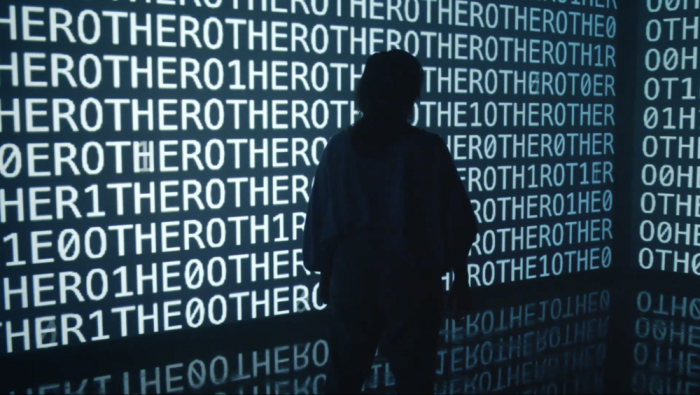
What does Spark add to the conversation around inclusivity?
Vicars: I think that when an organisation is built on a philosophy, you can enact real change. You can stand for values because those are the values that your company is built on, which is when I think you find really authentic brand actions taking place. And that’s what has happened with Spark. If we look across advertising right now, there is a delineation of badging a problem and properly investing in the solution. It was so important for Spark to be in that camp of investing in the solution.
How does this campaign fit in with Spark’s previous work?
Vicars: When you look back at Spark’s body of work, as well as inside the agency, it’s interesting. The creative department is a metric for where interest lies within the brands that we have under this roof. A lot of creators are working on Spark proactively because they have a real track record of making great work. But if you look at the language app Kupu (read our Insight & Strategy piece here), and if you look at Smart Play, which was a piece of tech that incentivises a sedentary generation to move again, all of that is trying to use technology and innovative tech solutions to progress our country. Beyond Binary Code absolutely fits into that footfall of work and sets us up for what we do next. We’re pretty proud of the track record, but we’re also really excited about what we can do next.
Just think about how close we are to our technology and the amount of time that we spend with our technology compared to the amount of times that I buy Pringles, for example. It’s a wasted opportunity to not use your influence for good. I think that’s what has differentiated Spark within the market. The rest of Spark’s competitors are talking about free data and all that kind of stuff. Meanwhile, Spark is elevated in what they do and what they talk about, which works to drive a disproportionate amount of love for their brand.
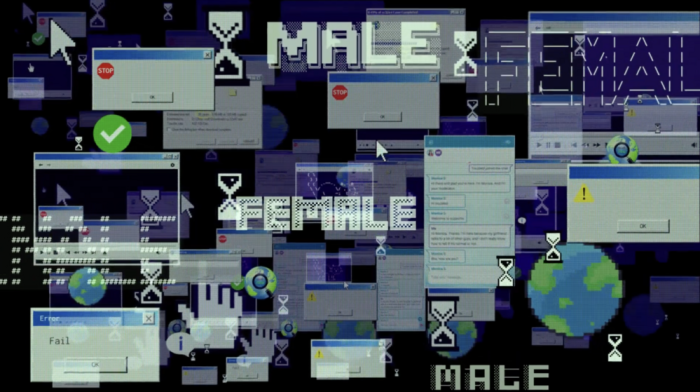
A lot of pride campaigns put the problem back on the shoulders of the non binary and trans community, whereas Beyond Binary Code flips it, emphasising that we actually need everyone to help make this happenHaylie Craig, Colenso BBDO
How important do you think social responsibility and brand purpose is to New Zealanders when choosing a telco provider?
Vicars: I think it’s about building value into your brand. There’s a massive amount of churn in telco where you bounce from one company to another. When you build value into a brand, that instantly reduces churn, and you’re spending money on acquiring new customers as opposed to retaining your existing customers. So there’s a massive amount of business logic attached to it. It is an investment in brand love.
How did you ensure that people connected Beyond Binary Code with Spark as a brand without overshadowing the inclusivity message?
Vicars: It all comes back to co-creation with the rainbow community and Outline, which is the mental health organisation that we work with. Commercialising a problem is absolutely not what we want to do, and having those partnerships ensured that we got the tone and our involvement right. Spark’s involvement is to create change on a huge scale, so it’s just finding the right balance of how much we entered the conversation. But it was something we were really conscious of.
Craig: Spark also wouldn’t have done this if they couldn’t answer to it as well. They changed all their data systems and how they collect data. They’re also not doing any more advertising targeted on gender, and they’ve changed the staff lanyards and bathroom signs both in offices and in retail stores. So they’re really committed to it. They're looking at this not just as a campaign, but more as an ongoing commitment, which also added to the timeline of getting this done.
Vicars: Exactly. It’s fantastic that they can authentically stand for this because they’re actually practising what they preach.
Tell us a bit more about the media plan.
Vicars: It’s an interesting media plan in that we launched it to the community first. As of now we’ve launched to communities and we have launched to businesses, but we haven’t launched to the public yet. That launch will kick in in June when a big investment will be made to take this to the nation. Authenticity-wise, launching to the community first, and then the community pushing it out to the community beyond that, and then into business, was how we wanted to play it. So it wasn’t a soft launch, per se, but it was an authentic way of launching. The tens of thousands of businesses in Spark’s books are those that we will talk to next, and then we go nationwide.
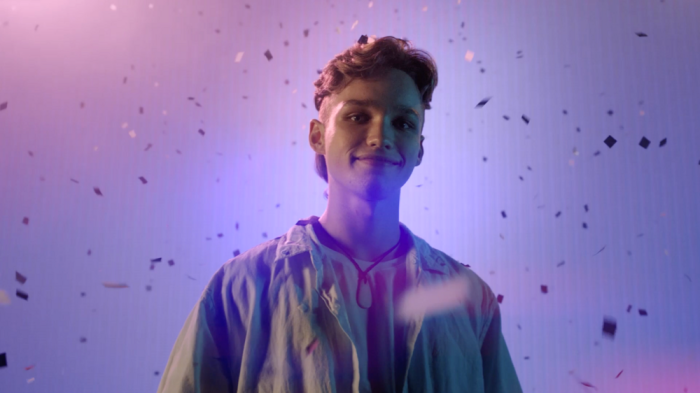
Did you face any challenges along the way when it came to launching Beyond Binary Code?
Craig: The concept is a complex thing to understand, which means that it was really hard to get people together. It has taken us almost two years to get it down to a few sentences, because it can be a bit hard to explain. But when people do get it, they almost have an epiphany realising that it’s not just a box-ticking thing. It’s so much bigger than that and has a an impact on humans – you can’t just brush it off. I think the hardest part was just getting everyone to understand that this is a real problem. People think it’s just a form and that it doesn't matter. Like, just pick one and move on.
Vicars: And then there’s the tech side of it. Because we want to open-source it, we needed this code to be applicable across a heap of platforms and to be adaptable as well, because another part of the code strength is that it can be adapted, meaning that you can change the gender fields that you display.
Craig: As you’ll see on the site, there’s a base code, which is best practice. But if there is a specific business or a specific industry, you can go in and customise it. There are questions as well, because we wanted to educate business owners and whoever is customising it. So they learn along the way, and we’ve made it really difficult for them to cherrypick, because that’s not what we’re doing here. So they go through the questions and they get their custom code and forms and a download pack that talks about data privacy as well as how to implement this. If they have a site that’s on somewhere like Squarespace or Shopify, it also tells them how to implement it in that context.
What has been your single greatest learning from this campaign?
Vicars: There’s a saying within Colenso which is ‘Death to impossible.’ You know, Brewtroleum was impossible until it was possible, and the same goes for Beyond Binary Code. I think the learning is that if you've got enough talent and enough commitment, and enough belief from a brand, you can really do anything. The whole campaign was a reminder of what is special about Colenso and our brand partners.
Craig: I would say collaborating was the most important part of the learning process for me. I’ve heard so many stories and I learned to ask more questions. People probably won’t be as offended as you think they will be, and a lot of people would rather you just ask them, which was definitely one of the many learnings along the way.
Vicars: Adding on to that, it’s incredible what you can achieve when there is a combined mutual ambition between the community and a brand like Spark that is fully committed to progress. When you line up alongside other partners with the same ambition as you, all of a sudden you can do pretty incredible things.